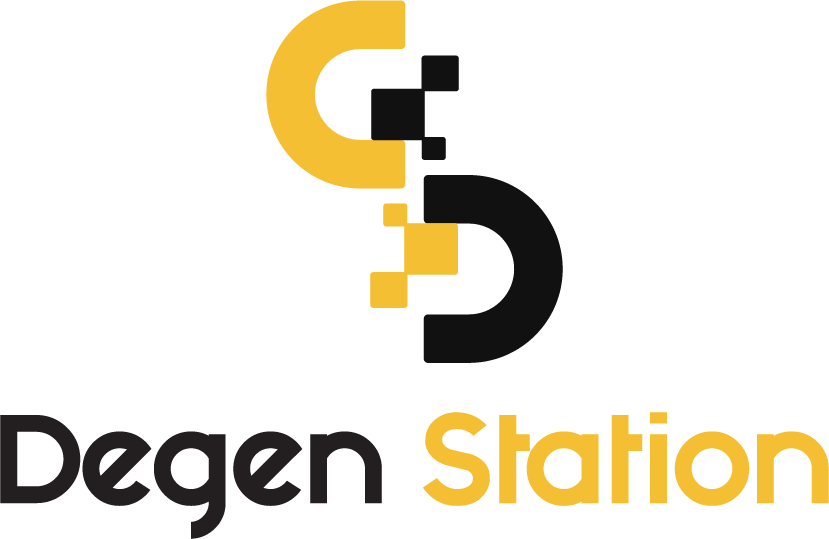Ethereum Network Experiencing "Reverse Inflation"

The Ethereum network is witnessing a resurgence in inflation due to declining activity and minimal transaction fees.

Ethereum Network Experiencing "Reverse Inflation"
As previously explained by Coin68, Ethereum transitioned to the Proof-of-Stake consensus mechanism and staking after The Merge, drastically reducing new coin issuance by up to 90% compared to the previous Proof-of-Work mining mechanism. Additionally, the implementation of EIP-1559, which burns a portion of ETH transaction fees, was expected to exert deflationary pressure on the world's second-largest cryptocurrency.

During its Proof-of-Work blockchain phase, ETH typically experienced an inflation rate of 3.15% per year. The network achieved a deflationary state for the first time on November 9, due to a surge in transaction demand stemming from the FTX collapse event. However, recent trends seem to contradict this progress, with a notable increase in the creation of new ETH supply.
Comparison of ETH supply growth for Proof-of-Work Ethereum (dotted line), Bitcoin (orange line), and Proof-of-Stake Ethereum (blue line). Screenshot from Ultrasound.money as of 09:00 AM on October 9, 2023.

In just the past 30 days, global ETH supply has increased by nearly 30,000 ETH, equivalent to about 47.9 million USD, according to data aggregation firm Ultrasound.money. This rise is attributed to a significant downturn in activities on the Ethereum network, including both NFT and DeFi transactions.

ETH supply growth in the last month. Screenshot from Ultrasound.money as of 09:00 AM on October 9, 2023.
Since 2021, Ethereum has operated on a fee-burning mechanism, where the more network traffic, the higher the gas price—necessary to complete transactions on the blockchain. When gas prices surge, more ETH is burned or permanently removed from circulation.
Recent gas fees have significantly decreased, averaging around 7 gwei, approximately 0.24 USD. An average transaction on the NFT marketplace OpenSea costs less than 1 USD. Contrastingly, during the Otherside collection launch by Yuga Labs in May, users burned over 157 million USD worth of ETH just to mint 55,000 NFT plots, averaging 2,854 USD per transaction in gas fees.

Average gas fees in the last 30 days. Source: Ultrasound.money
In the past 30 days alone, over 38,360 ETH in transaction fees have been destroyed, mainly from transactions involving ETH transfers, stablecoin USDT, DEX Uniswap, and layer-2 solutions like zkSync Era.
Applications on Ethereum burning the most fees in the last 30 days. Screenshot from Ultrasound.money as of 09:00 AM on October 9, 2023.
While users generally prefer lower gas fees, this overall trend has significantly increased global ETH supply, resulting in a return of inflationary pressures, potentially impacting the long-term financial health of the network.
Is Ethereum becoming inflationary again?
— Nikita Zhavoronkov (@nikzh) September 23, 2023
Yes, it is, and that's because Ethereum fees, which are supposed to burn ethers, are everywhere but not on Ethereum: its own L2s (Arbitrum, Polygon, etc.) and EVM competitors (BNB, Avalanche C, etc.)
Limiting L1 dooms cryptocurrencies. pic.twitter.com/cE82gwUbZR
The critical problem with Ethereum is that its future supply is unknown, unpredictable, and potentially inflationary.
— Joe Burnett, MSBA (🔑)³ (@IIICapital) October 2, 2023
For Ethereum to be deflationary, tx fees must be high which means it must fail to scale and tx volume must not move to other crypto securities like Solana. pic.twitter.com/dITZ7RfSf6
The Ethereum team appears somewhat unconcerned about this issue. Micah Zoltu, a core Ethereum developer, shared with Decrypt:
"I don't think anyone on the dev team is particularly concerned about this narrative. In the grand scheme of things, it's insignificant."

Another Ethereum representative, Danno Ferrin, echoed Zoltu's sentiment:
"ETH supply remains lower than all-time highs. Short-term inflation of Ethereum is much lower compared to other chains and the broader economy."
Post The Merge, Ethereum prices have also seen significant declines.
1D chart of ETH/USDT pair on Binance as of 09:10 AM on October 9, 2023.





